Nikola Tesla, a name linked with innovation and mystery, is one of the most fascinating figures in science and technology. His groundbreaking ideas and inventions have lasted over a century, shaping many modern advancements. Tesla’s extraordinary mental abilities, unique quirks, and impressive achievements make him an intriguing figure.
These 17 facts will reveal more about the man whose genius continues to inspire and spark imaginations worldwide.
Tesla’s Birthplace
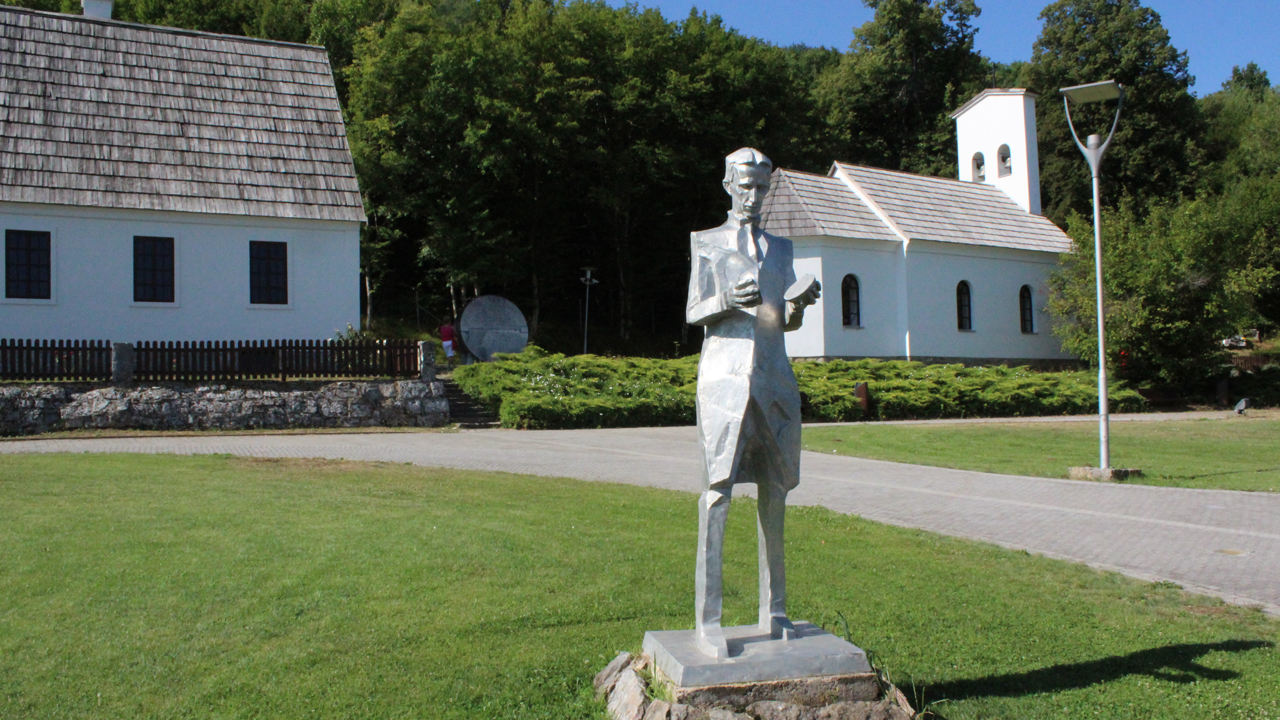
Nikola Tesla was born on July 10, 1856, in the village of Smiljan, in modern-day Croatia. Growing up, he showed an early interest in science and mathematics, which would later shape his groundbreaking inventions and discoveries.
The Origins of His Passion
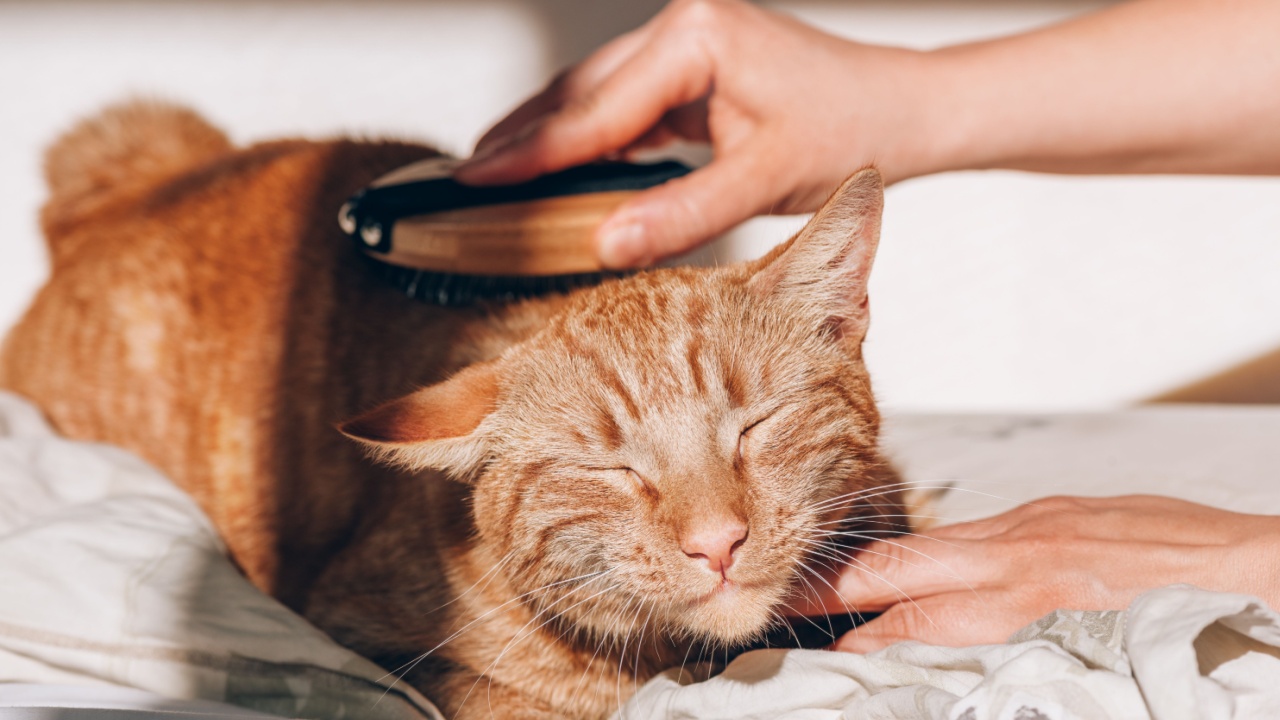
At the age of five, young Nikola encountered electricity for the first time when his pet cat, Macak, generated static electricity. This experience sparked his lifelong fascination with electricity and its potential applications.
Eidetic Memory

Tesla possessed an eidetic memory, allowing him to visualize complex three-dimensional objects in his mind with incredible accuracy. This remarkable ability greatly contributed to his innovative designs and inventions.
His photographic memory allowed him to visualize his inventions in intricate detail. He would often create and test his devices entirely in his mind before actually building them, saving time and resources.
Fluency in Multiple Languages

Not only was Tesla a brilliant inventor, but he was also a polyglot. He spoke eight languages fluently: Serbo-Croatian, Czech, English, French, German, Hungarian, Italian, and Latin.
The Alternating Current (AC) System

Tesla’s most significant contribution to the world was his development of the alternating current (AC) electrical system. This groundbreaking invention revolutionized the way we generate, transmit, and use electricity, making it possible to power homes and industries on a massive scale.
The Tesla Coil
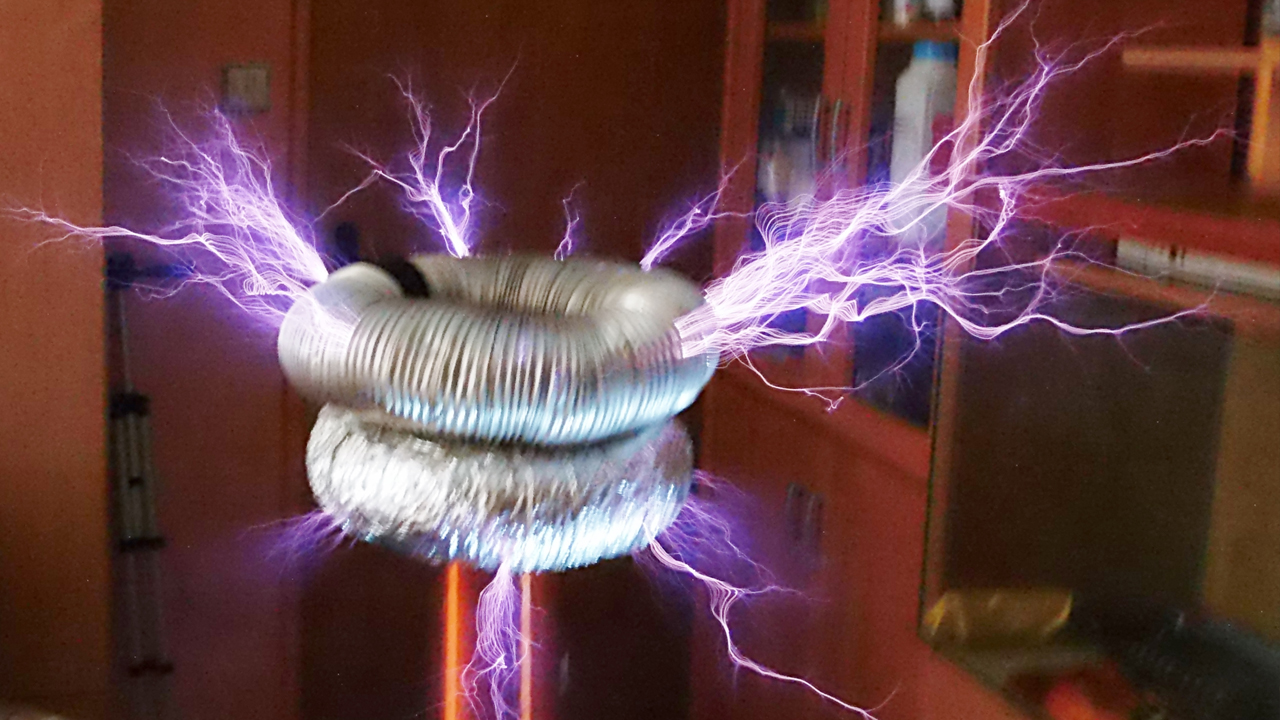
One of Tesla’s most iconic inventions is the Tesla coil, a high-voltage transformer that produces spectacular electrical discharges. This invention laid the foundation for wireless communication and is still used in radio technology today.
X-Ray Experiments
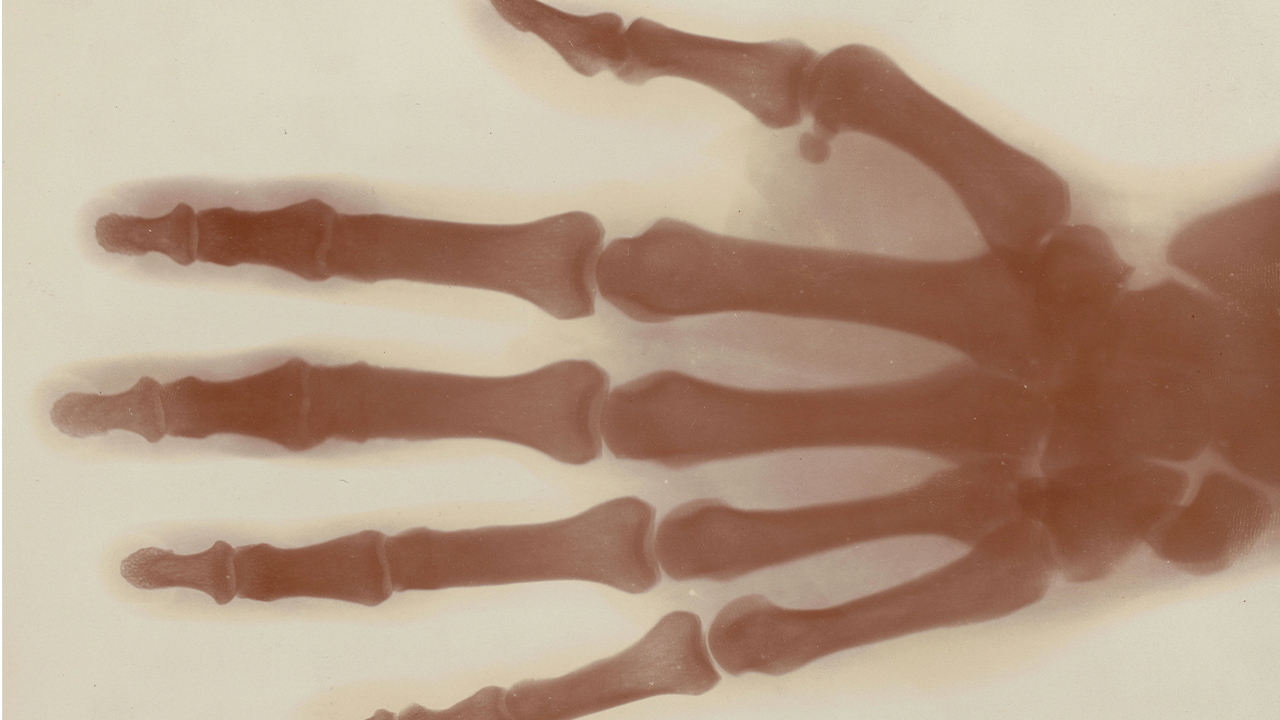
Tesla conducted early experiments with X-rays, which he called “shadowgraphs.” He even took some of the first X-ray photographs, including one of Mark Twain.
Remote-Controlled Boats
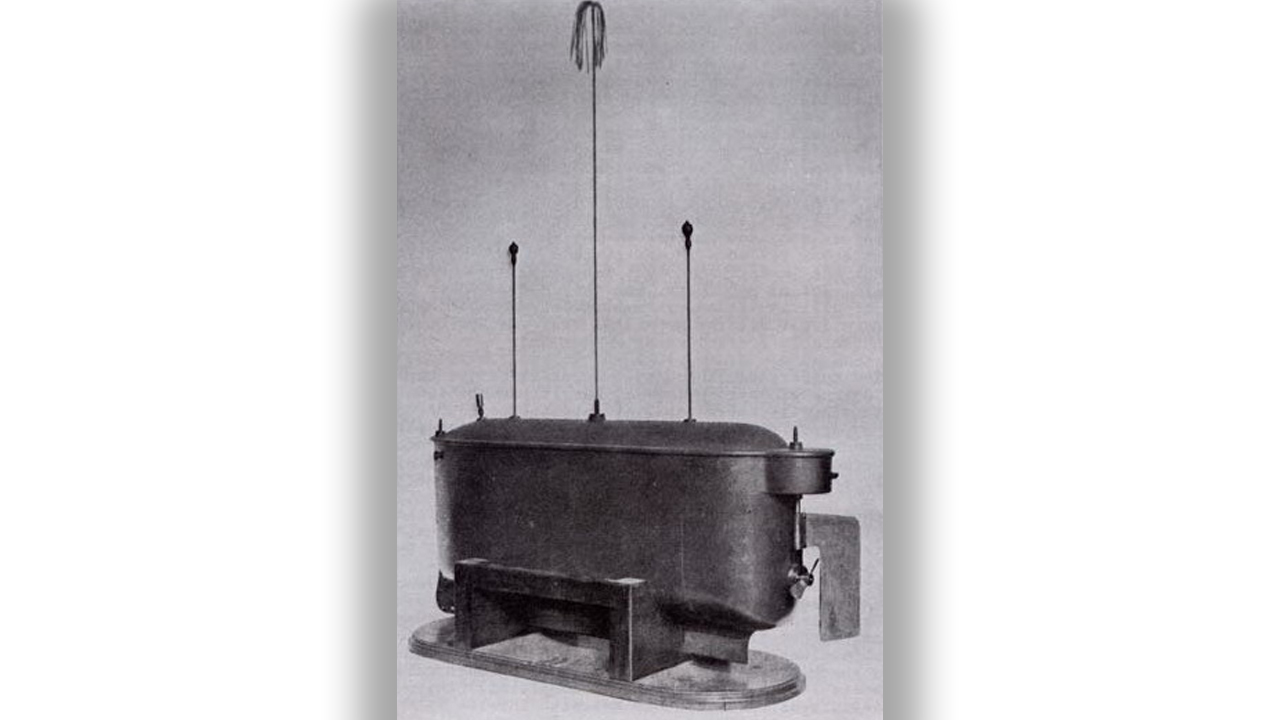
In 1898, Tesla demonstrated the world’s first remote-controlled boats at Madison Square Garden. These vessels, which he called “telautomata,” laid the groundwork for modern robotics and remote-control technology.
The Earthquake Machine
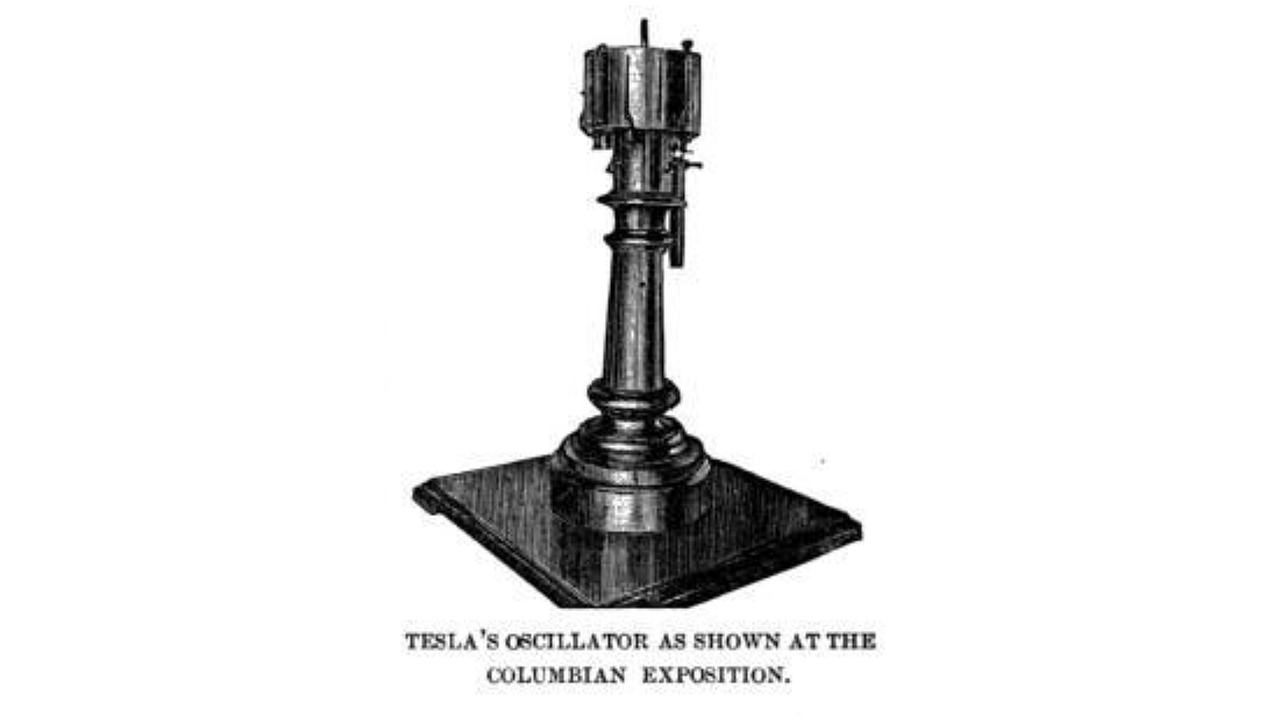
Tesla claimed to have invented an oscillator that could generate vibrations powerful enough to cause earthquakes. While the existence of this device remains unconfirmed, it showcases Tesla’s imaginative and daring approach to science.
Wireless Lighting
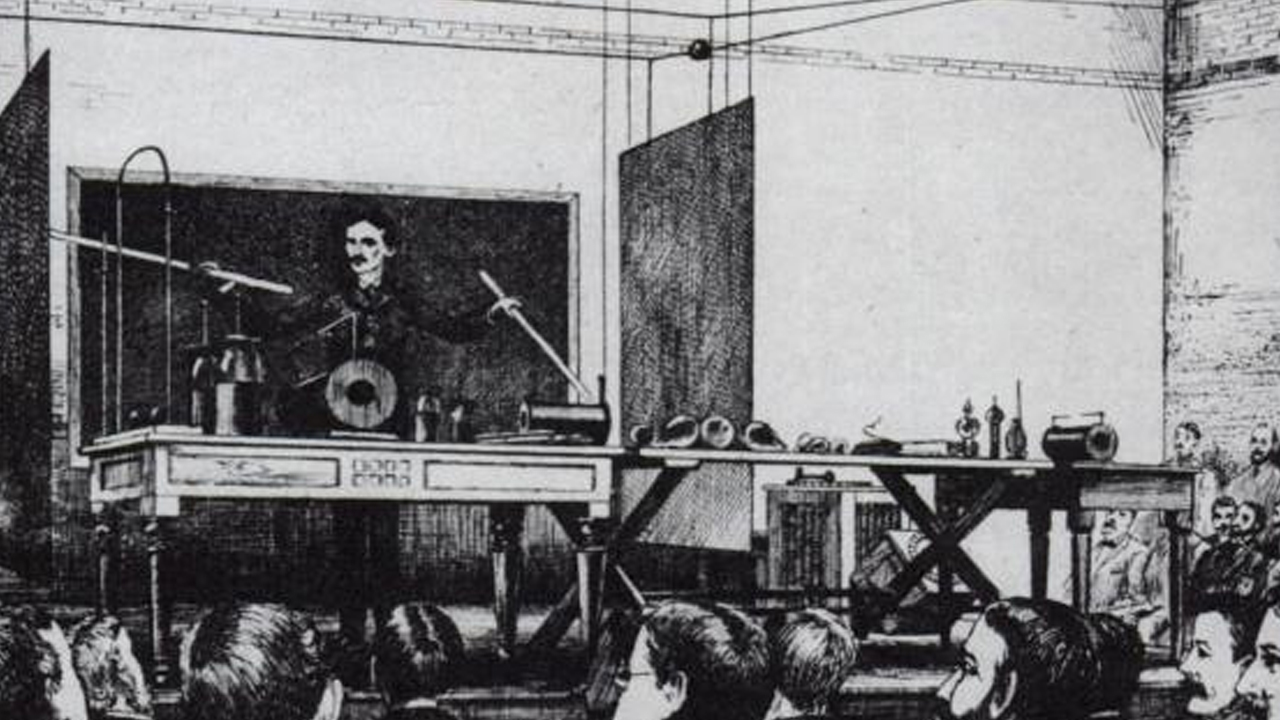
Tesla envisioned a world where electricity could be transmitted wirelessly. He successfully demonstrated wireless lighting in his New York City lab, illuminating light bulbs from across the room without any physical connections.
The Wardenclyffe Tower
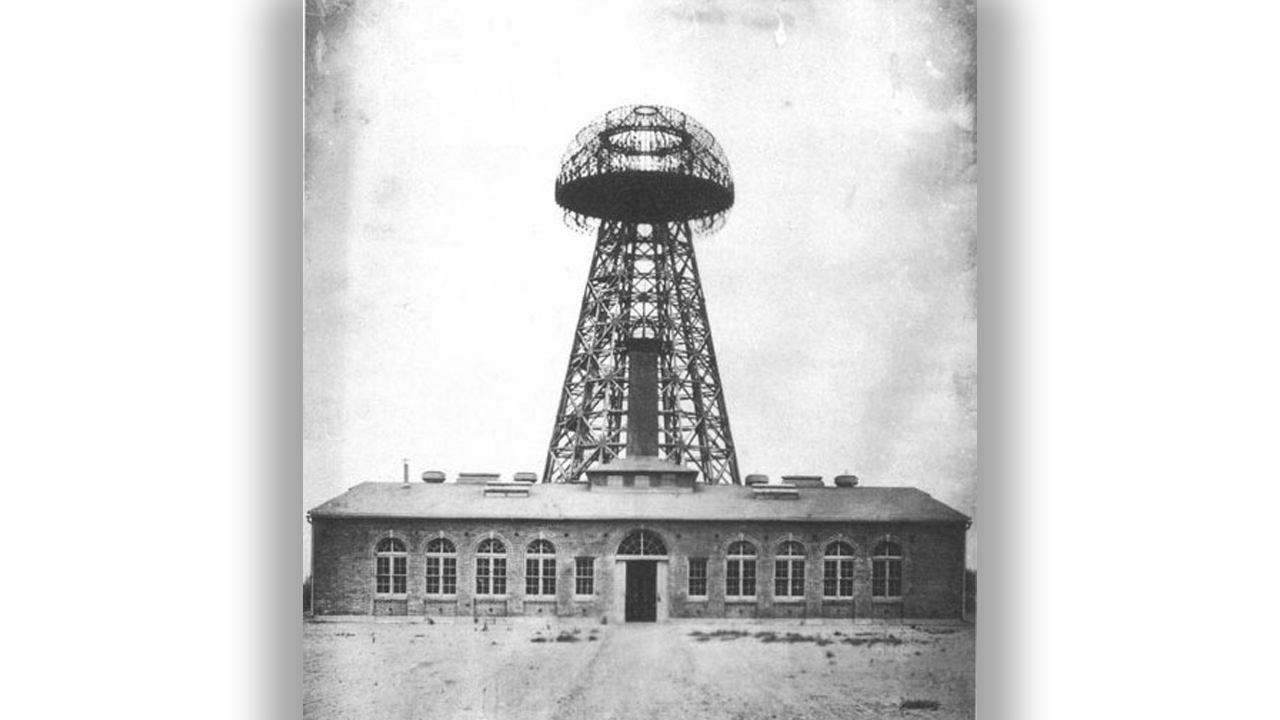
In 1901, Tesla began constructing the Wardenclyffe Tower on Long Island, New York. This ambitious project aimed to provide free, wireless electricity to the entire world, but due to financial difficulties, it was never completed.
Ahead of His Time

Many of Tesla’s ideas and inventions were far ahead of his time. He conceptualized the smartphone, believed in the potential of renewable energy sources, and even proposed the use of radar technology decades before its actual development.
The Nobel Prize Controversy

In 1915, Tesla and Thomas Edison were both considered for the Nobel Prize in Physics. However, neither of them ultimately received the award, as the committee believed that their mutual animosity would make it awkward to share the prize.
Unusual Sleep Habits

Tesla was known for his peculiar sleep habits. He claimed to never sleep more than two hours per night and often worked for days on end without rest, relying on brief naps to recharge.
Love for Pigeons
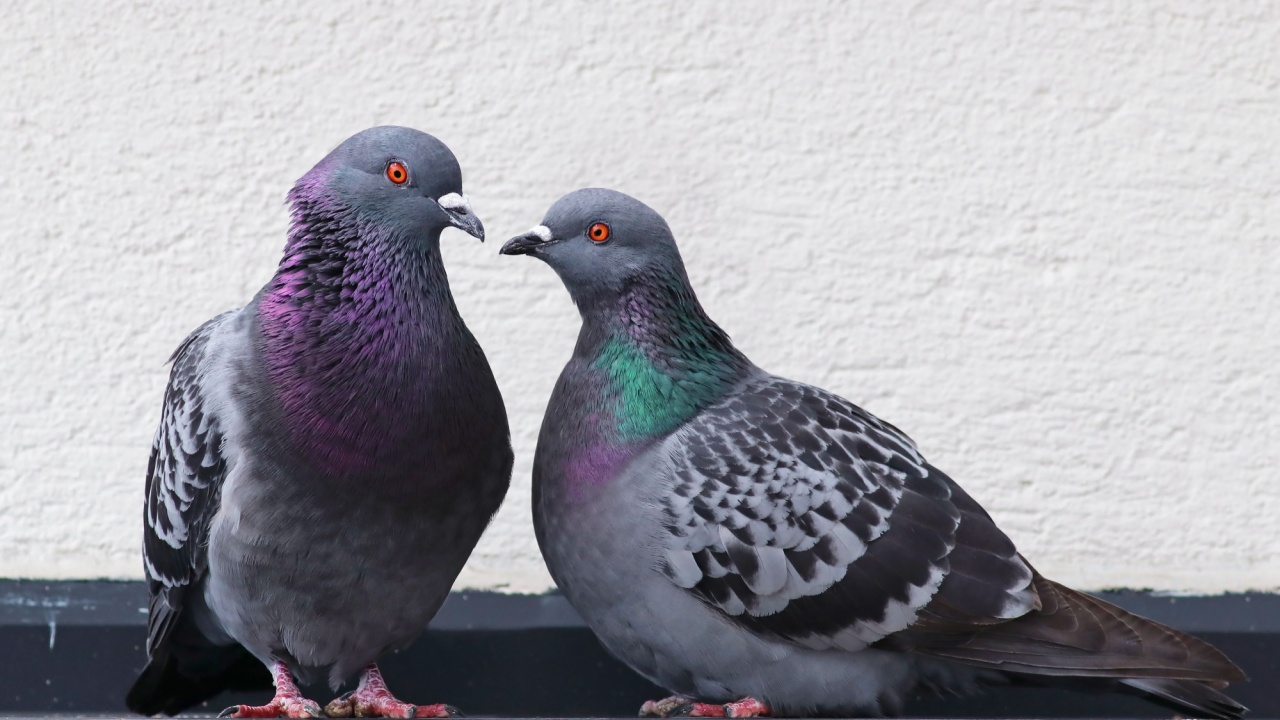
In his later years, Tesla developed a deep affection for pigeons. He would often feed them in parks and even bring injured birds back to his hotel room to nurse them back to health.
The Tesla Museum in Belgrade
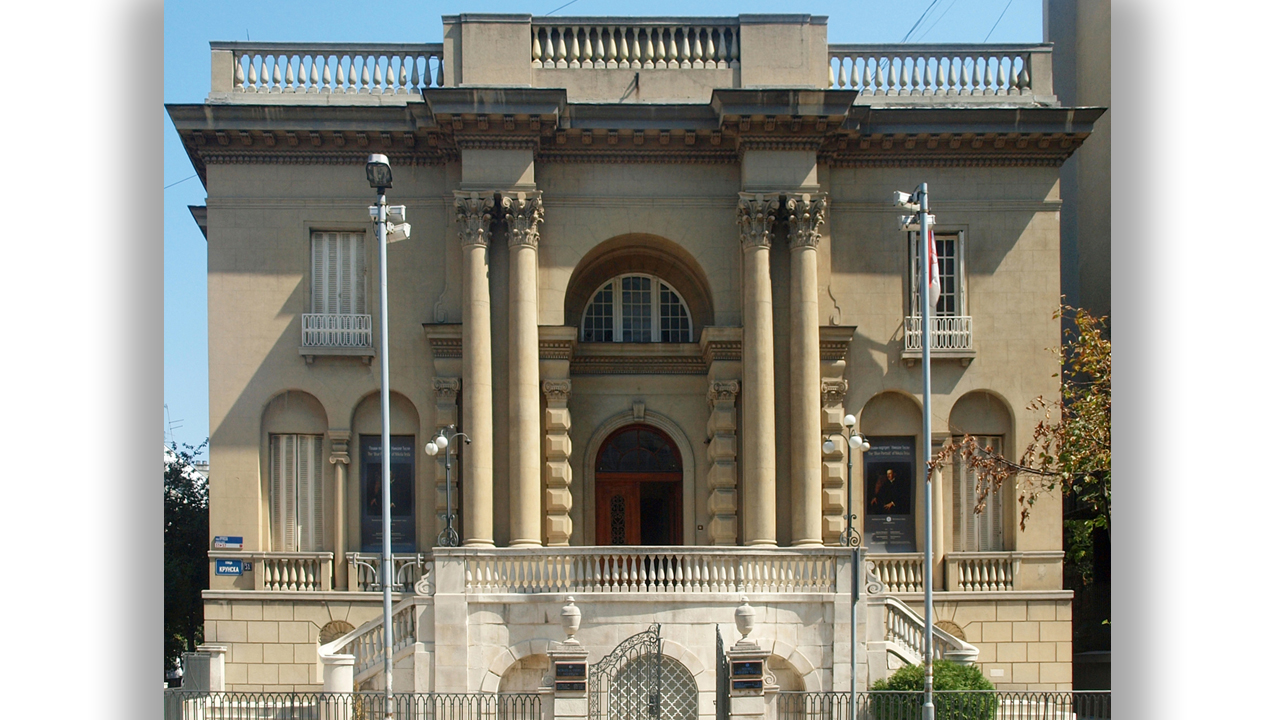
The Nikola Tesla Museum in Belgrade, Serbia, houses the largest collection of Tesla’s personal belongings, documents, and inventions. This museum serves as a tribute to his life and legacy, attracting visitors from around the world.
Lasting Impact and Legacy

Nikola Tesla’s contributions to science and technology have had a profound impact on the modern world. From the AC electrical system to his pioneering work in wireless communication and robotics, Tesla’s inventions continue to shape our daily lives and inspire new generations of innovators.
Ellen has been obsessed with logic puzzles, jigsaws, and cryptograms since she was a kid. After learning she was taught how to play chess wrong by a family friend (so they could win), she joined her school chess club and the rest is history.

